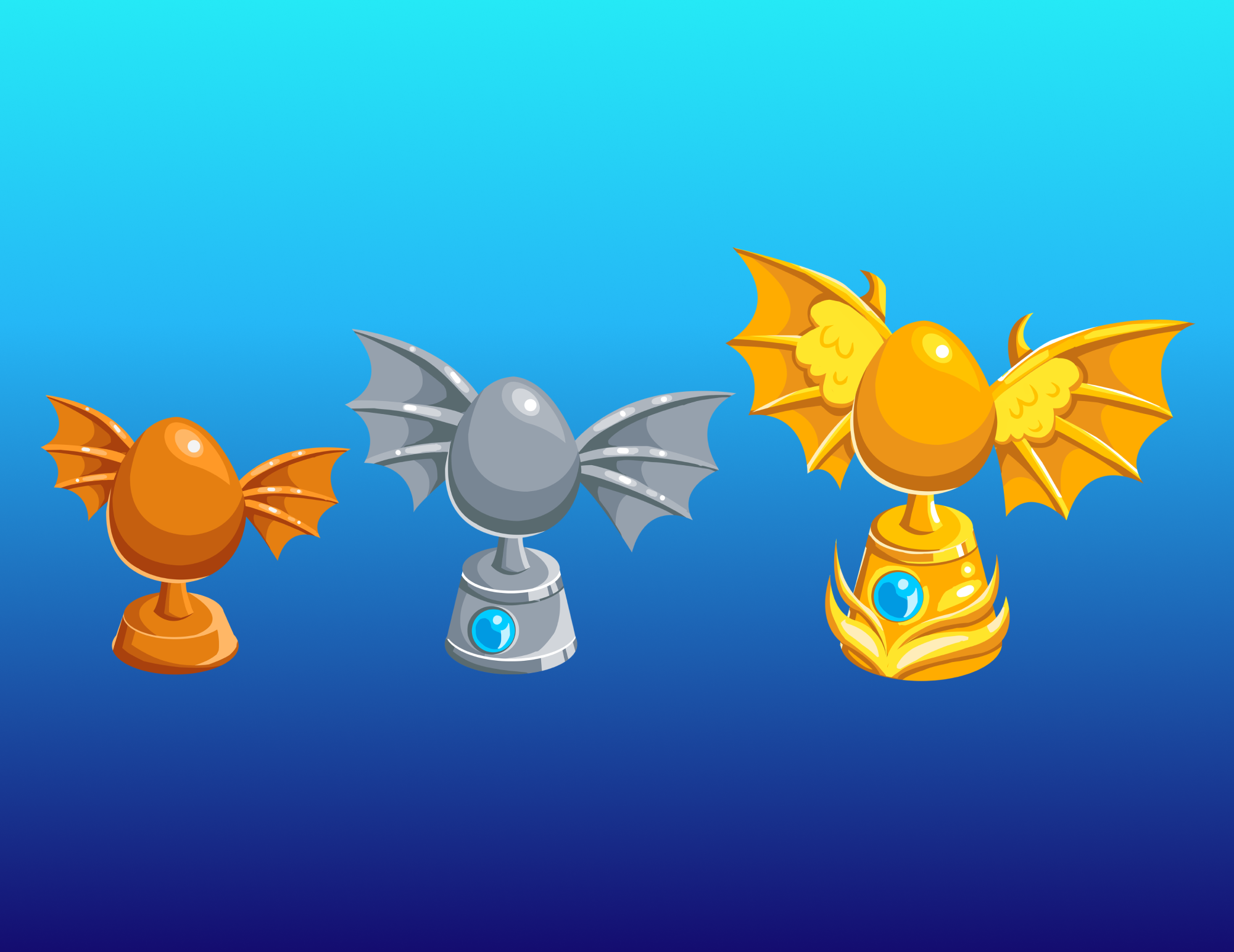
Ava, a running game designed to improve and sharpen cognitive performance for adults.
Akili Interactive is the world’s first FDA-approved digital therapeutic game for children with ADHD. Drawing from our experiences with EndeavorRx, the company sought to create a new game for a more mature audience.
The team and I embarked on this project from the initial stages of game development, where the possibilities for ideas, potential gameplay, art direction, and opportunities for cognitive improvement were endless. The sky was the limit!
YEAR
2023
DURATION
1.5 Years
TEAM OF 25
· Chief Product Officer
· Producers
· Product Managers
· Game Designers
· Scientists
· UX Researchers
· Engineers
· Art Director
· Animators
· 3D Modelers
ROLE
Lead Product Designer
DELIVERABLES
· Establish Design Process
· Stakeholder Interviews
· Competitive Analysis
· Journey Mapping
· Science Requirements
· Wireframes & Mockups
· Prototypes
· Executive Presentations
· User Interviews & Surveys
· A/B Testing
· User Testing
EMPHATHIZE
“46.6% of adults will experience a mental illness in their lifetime, and only 41% of those adults have sought professional treatment or other services for themselves in the past year.”
— University of Alabama
USER INTERVIEWS
Product Manager · UX Researcher · Product Designer · Game Designer
My goal is to understand patients' desires for self-improvement, their opinions on existing treatments, their perceptions of our product's effectiveness, and how we can enhance the treatment-seeking experience.
DEFINE
AFFINITY MAPPING
Product Designer
Gathering findings from all my research and interviews I started grouping together common themes and similarities based on user quotes, goals, needs, and behavior. I was able to categorize them as the following:
· Finding trusted resources
· Coping Mechanisms
· Seeking connections with others who can relate
· Accessibility to connect to someone when they need it most
· To develop healthy, positive habits towards their mental health
JOURNEY MAP
Product Designer · Game Designer Lance Vikaros
I took the user personas and patient research to create a user empathy journey map with users' emotional needs and motivations. I collaborated together with the game designer to identify our user’s emotions, touch points, pain points, actions, desires, and customer experience. Understanding our user’s journey helped us come up with opportunities for areas of improvement within our product.
ORGANIZATION
GOALS & OBJECTIVES
Producer · Product Manager · Design · Engineering · Scientists
I met up stakeholders to compile a list of requirements and goals for our product. During this time, we also worked with scientists to ensure UX designs, game designs, and visual art assets meet requirements and rulesets for digital treatment plans based on scientific data from clinical studies. We identified the key things we must have, should have, nice to haves, and features we would not be able to support.
IDEATE
BRAINSTORMING
Product Designer · Game Designer Lance Vikaros
Keeping the user journey map in mind, the game designer and I narrowed down the three things we want our users to experience when using our product: training, a sense of accomplishment, and empowerment. We brainstormed potential features that could fall into those three categories.
DESIGN PRINCIPLES
Product Designer
Using the key takeaways from our brainstorming exercise, I created a Venn Diagram of where our potential features overlap with our users’ needs. Having a visual diagram to refer back to helps ensure that when we design any features for any product, we are always keeping training, accomplishment, and empowerment in mind for our users.
USER FLOWS
Product Designer
Now that we’ve identified key components of features we want for our users, we can start designing user flows! Taking the game designer’s design documents, I created a user flow that allowed users to choose their own missions.
Empowerment comes from being able to pick their own journey, playing the game helps users improve their cognitive abilities, and completing a mission brings satisfaction and accomplishment. Depending on the mission types users chose, it will give users different rewards. The user’s mission performance also determines the types of rewards they will receive. At the end of the mission, a performance report is given to allow users to be able to measure their cognitive improvements.
DESIGN
LOW & HIGH-FIDELITY WIREFRAMES
Product Designer
Taking the ideations from our user journey and flows, I began exploring some low-fidelity wireframes.
After creating a prototype with the low-fidelity wireframes, we tested it in-house to make sure the user flow aligned with our vision for the game. From there, I began creating high-fidelity mocks where I worked closely with engineers and artists to implement into the build.
Low-Fidelity Wireframes
High-Fidelity Wireframes
TESTING
Unfortunately, the AVA project was discontinued before reaching the first playable testing stage.
Nonetheless, contributing to a project in its early development phase was a valuable learning experience. The game underwent numerous iterations, user tests, and revisions. I remain hopeful that Akili Interactive can build upon our initial efforts and eventually launch a product aimed at assisting adults with cognitive impairments.





















